
News
Special Servers to be Added to Sea of Thieves
Paid private servers coming to Sea of Thieves in 2026.

News
Ghost of Yotei special State of Play took place the other day. Here are the details!

News
Publisher Krafton announced that Subnautica 2 will be released in 2026.

News
PlayStation has announced that it will hold a Ghost of Yotei presentation where it will share details about the game.

News
Tomb Raider and Duke Nukem are coming to the World of Tanks universe.
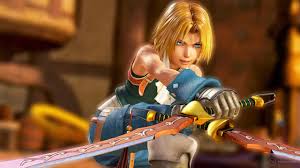
News
According to the latest rumours, Final Fantasy 9 Remake is in danger of being cancelled. Development has been ongoing for a long time…

News
Helldivers 2's Xbox version has been announced, but if you are waiting for it to be added to the Game Pass library, we have bad news for you.

News
Steam Summer Sale 2025 has begun! We have listed the best deals for you.

News
Callina Liang played the role of Chun-Li in the film Street Fighter.
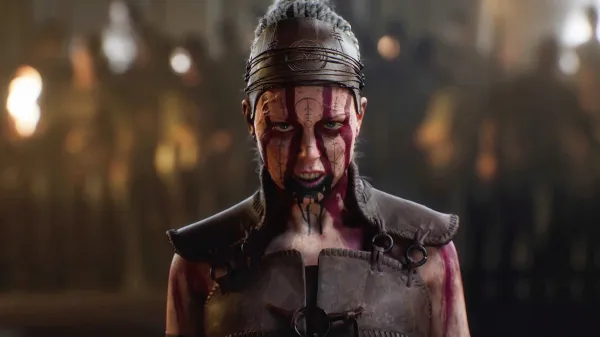
News
Hellblade 2 Enhanced Edition is coming, but what does this version have that the original does not? Here are the details!
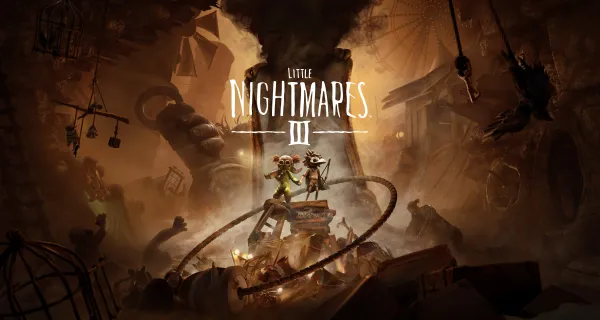
The release date of the third game in the Little Nightmares series has been announced. A VR and a stop-motion project set in this universe is also on the way.

Adi Shankar, the producer of Devil May Cry, has acquired the rights to the Duke Nukem series.

NetEase has released a trailer for its first single-player AAA action and adventure game, Blood Message.
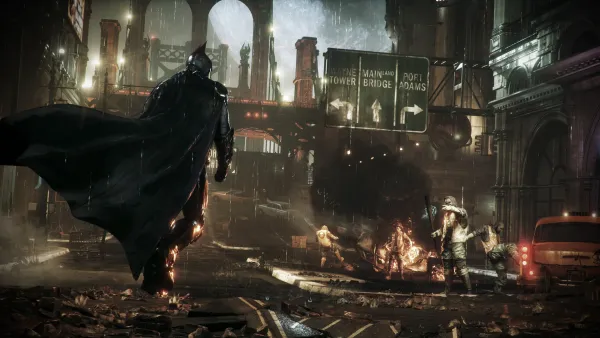
Warner Bros Games will focus on Mortal Kombat, Harry Potter, DC and Game of Thrones brands.
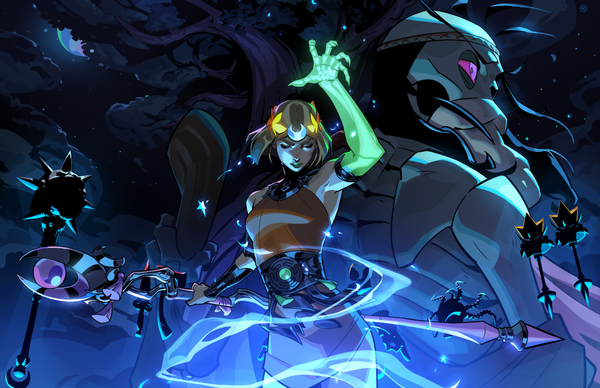
Hades 2 is getting closer to release: The Unseen update has been released!

In the 10th year of Bethesda's free game Fallout Shelter, it was announced that the game was downloaded 230 million times.

Bloober and Konami have confirmed that a Silent Hill 1 remake is in production.

Navinosuke: The Yo-Kia-Buster, the cancelled game from the developers of the legendary Metal Slug series, will be released in 2026.

Subnautica mobile version announced for iOS and Android devices!

The Starfield PS5 version could be announced and released as early as 2025.
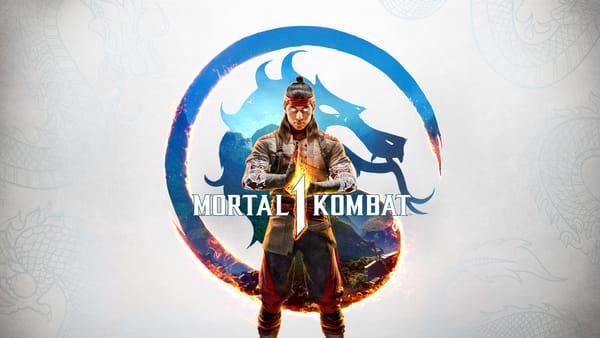
NetherRealm announced that no more story and character updates will be coming to Mortal Kombat 1.

The Witcher 3: Wild Hunt 10th anniversary special Xbox controllers were introduced.